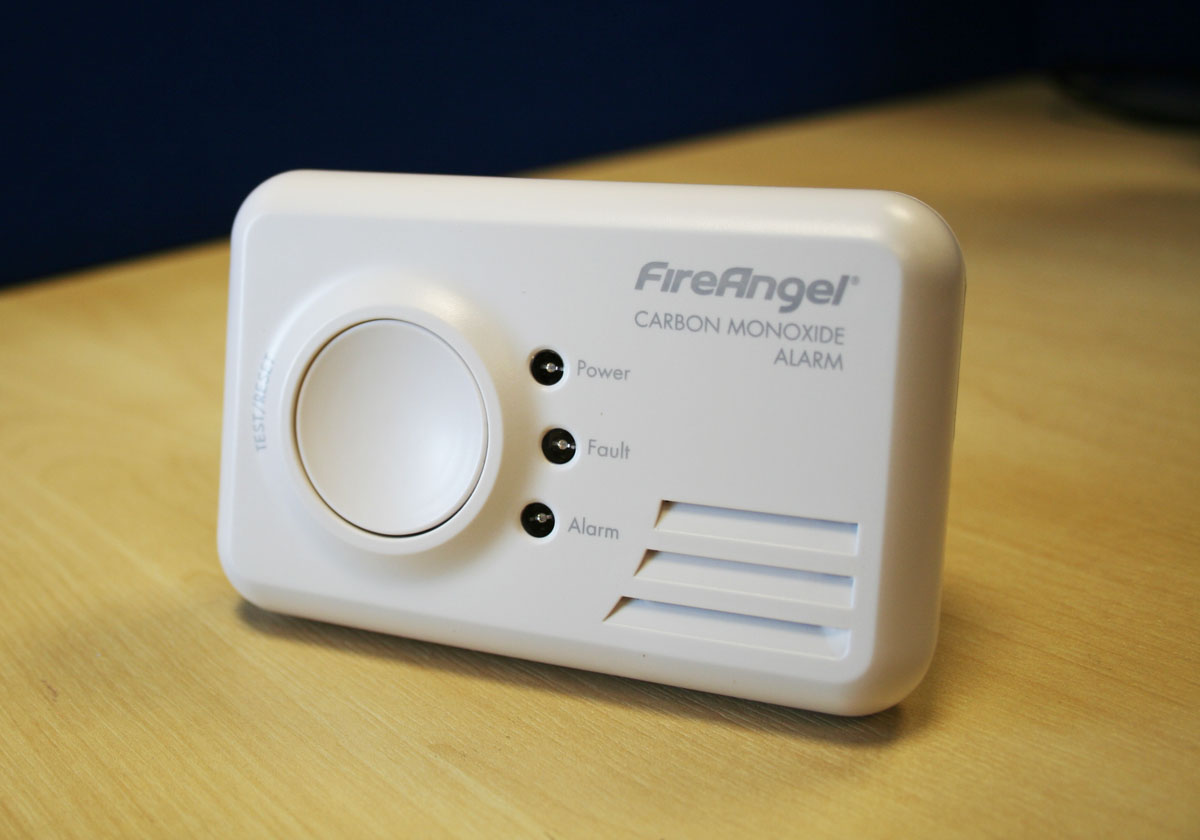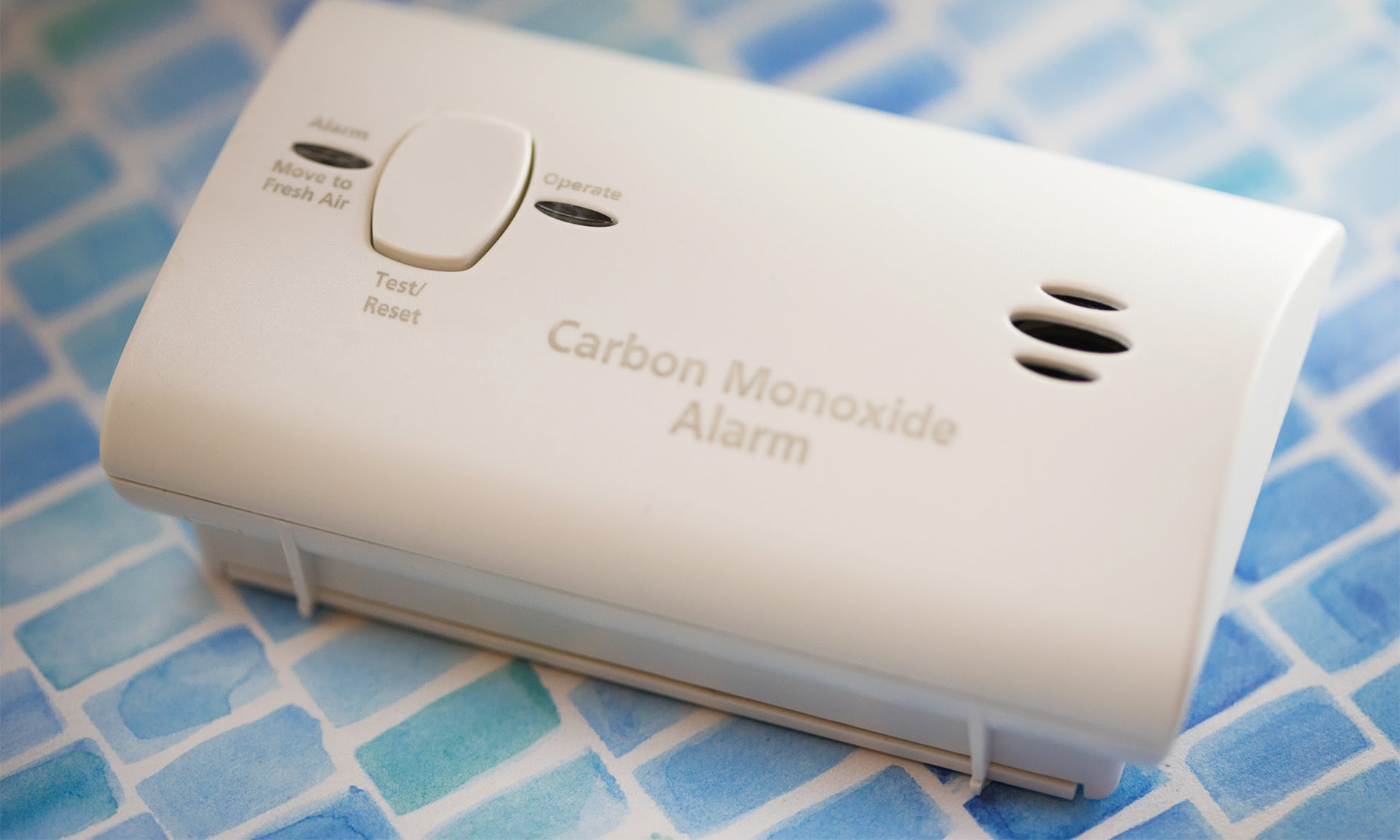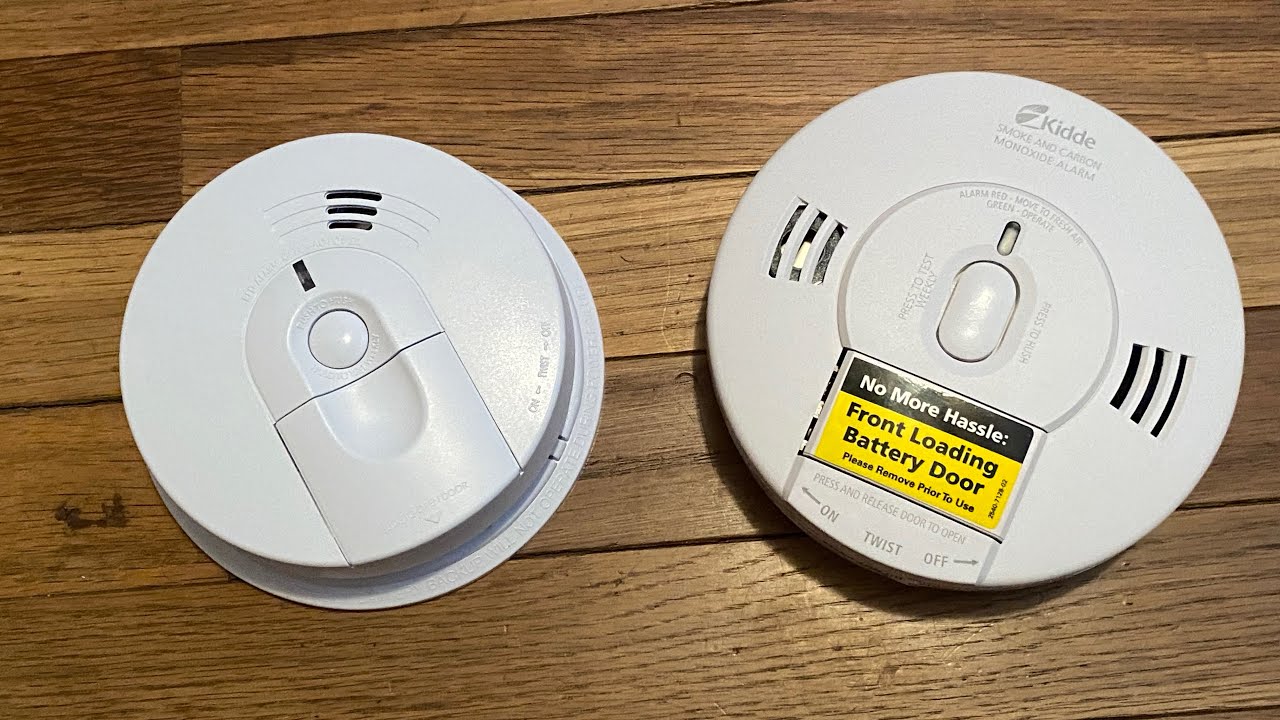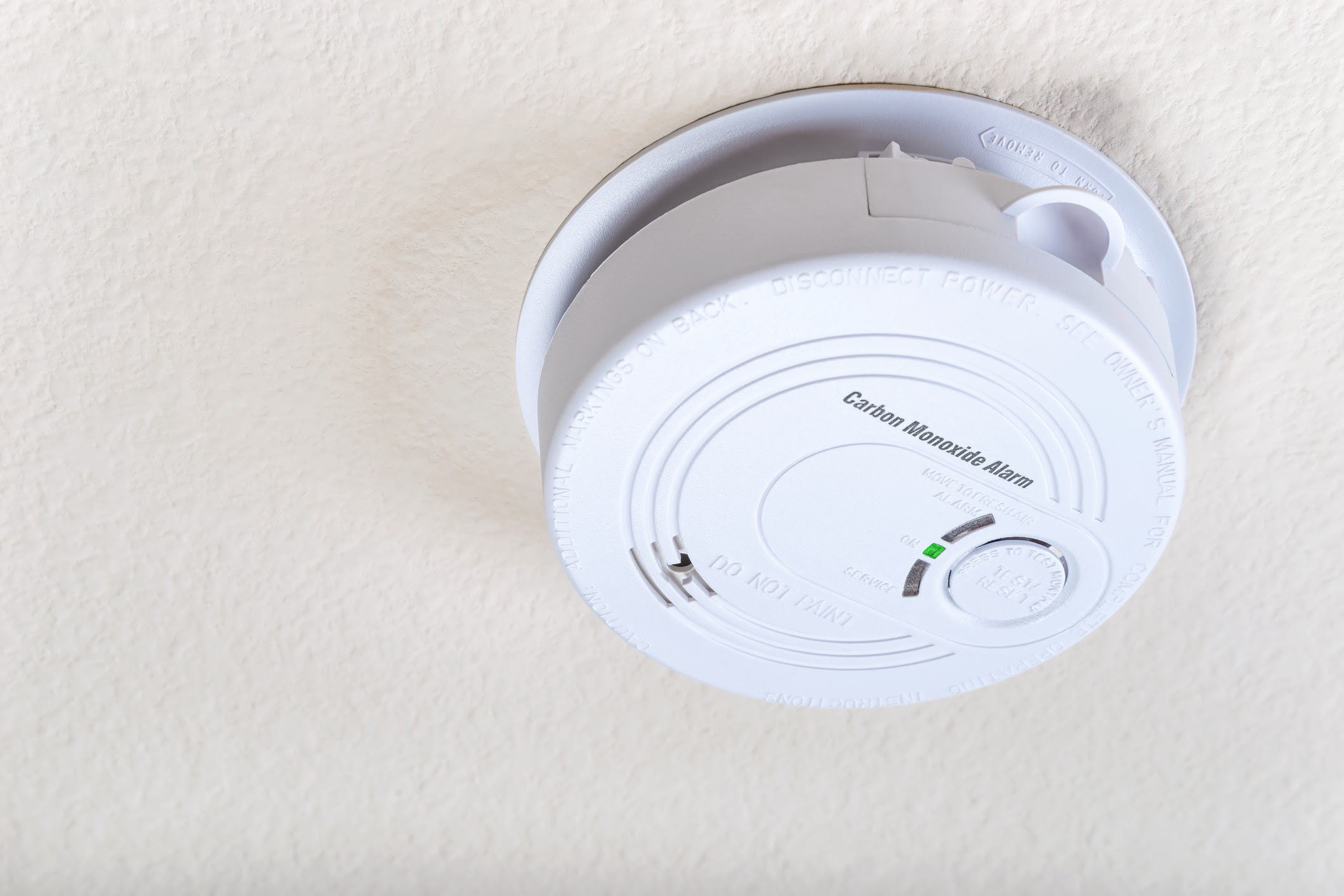What Can Set Off A Carbon Monoxide Alarm
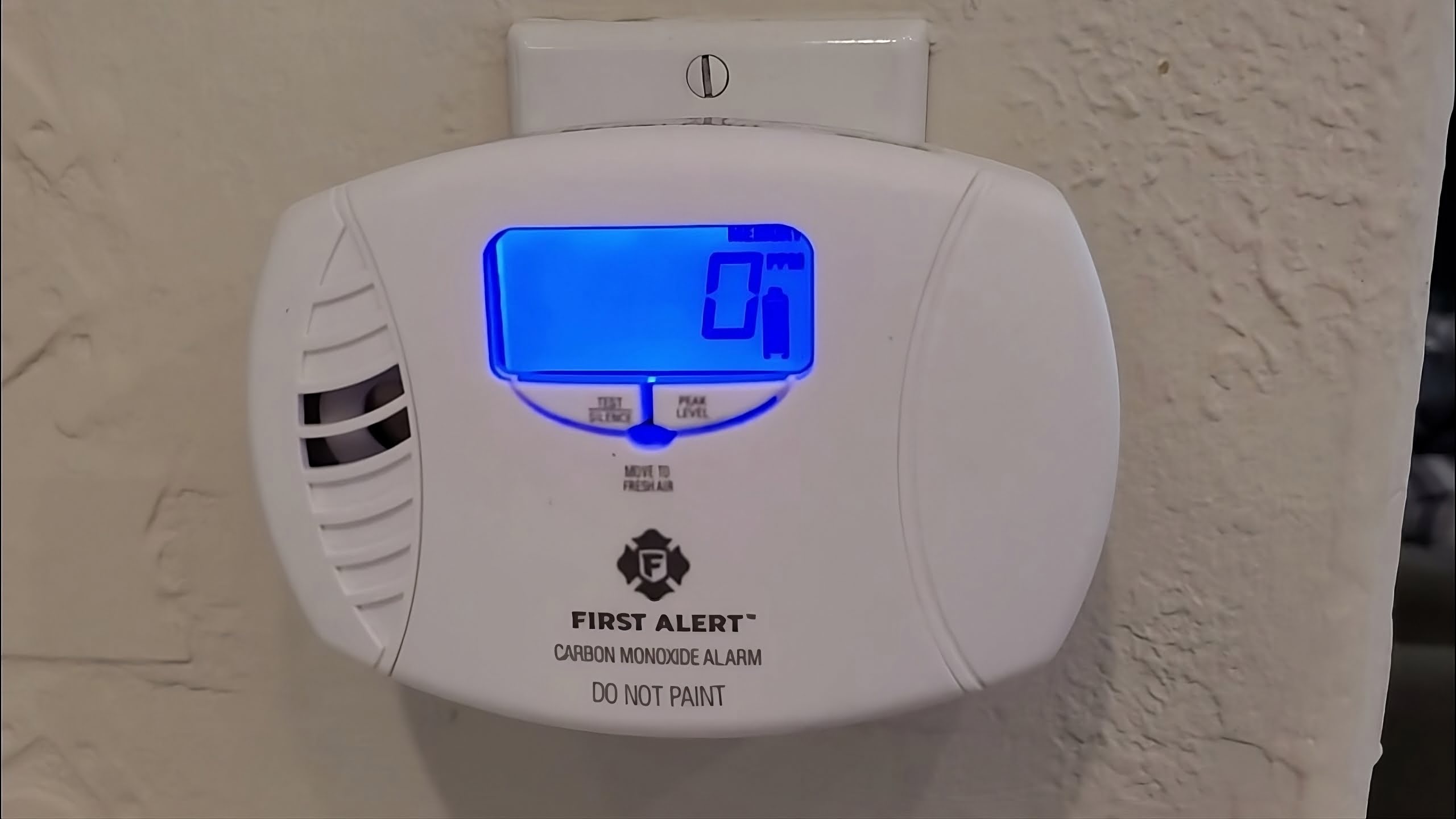
Frequently Asked Questions About Carbon Monoxide Alarm Triggers
Carbon monoxide (CO) is an invisible, odorless, and deadly gas. A CO alarm is your primary defense against CO poisoning. Understanding what can trigger your CO alarm, both legitimate dangers and potential false alarms, is crucial for keeping your home and family safe. This FAQ will answer common questions about CO alarm triggers.
Q: What actually sets off a carbon monoxide alarm? What's the primary danger it's designed to detect?
The primary purpose of a carbon monoxide alarm is to detect dangerous levels of CO in the air. The alarm is triggered when the concentration of CO reaches a certain threshold, as defined by safety standards. This threshold varies depending on the model and regulatory requirements, but the general idea is to provide enough warning for occupants to evacuate before serious health effects occur.
The sensor inside the alarm is designed to react to the presence of CO molecules. There are different types of sensors used in CO alarms, including:
- Biomimetic Sensors: These mimic how blood absorbs CO, changing color when exposed to the gas and triggering the alarm.
- Metal Oxide Semiconductor Sensors: These sensors detect changes in electrical conductivity when exposed to CO.
- Electrochemical Sensors: These sensors measure the oxidation of CO, producing an electrical current proportional to the CO concentration.
Regardless of the type of sensor, the alarm is designed to sound when it detects a potentially life-threatening level of carbon monoxide.
Q: Besides actual CO leaks, what else can cause a carbon monoxide alarm to go off? Can common household products trigger a false alarm?
While CO alarms are designed to be specific to carbon monoxide, several factors can lead to false alarms. These can include:
- Sensor Malfunction: CO alarms have a limited lifespan (typically 5-10 years). As they age, the sensor can degrade and become more susceptible to false readings or fail to detect CO at all.
- Dust and Debris: Accumulation of dust, dirt, and other particles on the sensor can interfere with its accuracy and trigger a false alarm.
- Humidity and Temperature Extremes: Extreme temperatures and high humidity levels can sometimes affect the sensor's performance, causing it to trigger unnecessarily.
- Cleaning Products: Some cleaning products, especially those containing ammonia or other strong chemicals, can emit fumes that may be misinterpreted by the sensor. Avoid spraying cleaning products directly near the alarm.
- Aerosols: Aerosol sprays, such as hairspray, air fresheners, and spray paints, can contain volatile organic compounds (VOCs) that may interfere with the sensor.
- Low Battery: A low battery can sometimes cause the alarm to chirp or even trigger a full alarm. Always replace batteries promptly when indicated.
- Interference from other gases: In industrial settings, or near certain chemical processes, other gases might react with the sensor and trigger it. This is less common in residential settings.
It is important to distinguish between a genuine CO emergency and a false alarm. If the alarm goes off and you suspect a false alarm, follow these steps:
- Ventilate the area: Open windows and doors to allow fresh air to circulate.
- Check the alarm: Ensure the alarm is functioning properly and that the battery is good.
- Silence the alarm: If possible, silence the alarm according to the manufacturer's instructions.
- Investigate the source: Look for any potential sources of CO, such as running cars, malfunctioning appliances, or blocked chimneys.
- If in doubt, call the fire department or a qualified professional: If you are unsure whether the alarm is genuine, it is always best to err on the side of caution and contact emergency services or a qualified technician.
Q: What appliances are most likely to produce carbon monoxide?
Several common household appliances can produce carbon monoxide if they are not properly maintained or ventilated. The most common culprits include:
- Furnaces: Furnaces that burn natural gas, propane, or oil can produce CO if the combustion process is incomplete or if the vent is blocked.
- Water Heaters: Similar to furnaces, water heaters that burn fuel can also produce CO.
- Fireplaces: Wood-burning fireplaces and gas fireplaces can release CO if the chimney is blocked or if the combustion is incomplete.
- Gas Stoves and Ovens: While designed for cooking, gas stoves and ovens can produce CO, especially if they are not properly ventilated. Never use a gas stove or oven for heating your home.
- Portable Generators: Gasoline-powered generators produce a significant amount of CO. Never operate a generator indoors or in an enclosed space, such as a garage, even with the door open.
- Cars and Trucks: Running a car or truck in an attached garage, even for a short period of time, can quickly build up dangerous levels of CO. Never leave a vehicle running in a garage attached to your home.
- Charcoal Grills: Burning charcoal indoors or in a poorly ventilated area can produce deadly levels of CO. Never use a charcoal grill indoors.
Regular maintenance and proper ventilation are essential for preventing CO buildup from these appliances. Have your furnace, water heater, and fireplace inspected and serviced annually by a qualified professional.
Q: How close should a carbon monoxide detector be to potential sources of CO? Is there an ideal placement location?
Proper placement of carbon monoxide detectors is crucial for ensuring their effectiveness. Follow these guidelines for optimal placement:
- Install on each level of your home: CO is lighter than air and can rise, so detectors should be placed on every level, including the basement.
- Near sleeping areas: Install detectors outside of each sleeping area so that you will be alerted if CO is present while you are sleeping.
- At least 10 feet away from fuel-burning appliances: Avoid placing detectors too close to furnaces, water heaters, and other fuel-burning appliances, as they can sometimes emit small amounts of CO during normal operation, which could trigger false alarms.
- Follow manufacturer's instructions: Always refer to the manufacturer's instructions for specific placement recommendations.
- Avoid obstructed locations: Do not place detectors behind furniture, curtains, or other obstructions that could block airflow.
- Consider local building codes: Some local building codes may have specific requirements for CO detector placement.
- For units with both CO and smoke detection: Follow guidelines for smoke alarm placement, prioritizing placement near sleeping areas.
Never place a CO detector in a garage, as exhaust fumes can trigger false alarms. Also, avoid placing them in damp or humid areas, such as bathrooms or laundry rooms.
Q: What should I do if my carbon monoxide alarm goes off? What's the immediate safety protocol?
If your carbon monoxide alarm goes off, it is crucial to react quickly and decisively. Follow these steps:
- Immediately evacuate: Get everyone out of the building immediately. Do not waste time trying to find the source of the CO.
- Call 911 or your local emergency number: Once you are safely outside, call 911 or your local emergency number and report the alarm.
- Do not re-enter the building: Do not re-enter the building until emergency personnel have arrived and determined that it is safe to do so.
- Seek medical attention: If anyone is experiencing symptoms of CO poisoning, such as headache, dizziness, nausea, vomiting, or confusion, seek immediate medical attention.
- Allow professionals to investigate: Let the fire department or a qualified professional inspect your home to determine the source of the CO leak.
- Do not ignore the alarm: Even if you suspect a false alarm, it is always best to err on the side of caution and take the alarm seriously.
Remember, carbon monoxide is a deadly gas, and prompt action can save lives.
Q: How often should I test my carbon monoxide detector, and when should I replace it?
Regular testing and timely replacement are essential for ensuring that your carbon monoxide detector is functioning properly.
- Test monthly: Test your CO detector at least once a month by pressing the test button. This will verify that the alarm is receiving power and that the horn is working.
- Replace batteries: Replace the batteries in your CO detector at least twice a year, or whenever the low-battery warning sounds. A good practice is to replace the batteries when you change your clocks for daylight saving time.
- Replace the detector: Carbon monoxide detectors have a limited lifespan, typically 5-10 years. Replace your CO detector by the expiration date printed on the device, or as recommended by the manufacturer. Even if the detector appears to be working, the sensor can degrade over time and become less reliable.
- Keep it clean: Gently vacuum or dust your CO detector regularly to remove any accumulated dust or debris that could interfere with its performance.
By following these simple maintenance tips, you can ensure that your CO detector is always ready to protect you and your family from the dangers of carbon monoxide poisoning.
Q: Are there different types of carbon monoxide detectors, and which type is best for my home?
Yes, there are different types of carbon monoxide detectors available, each with its own advantages and disadvantages. The most common types include:
- Battery-powered CO detectors: These detectors are easy to install and can be placed anywhere in your home. They rely on batteries for power, so it is important to replace the batteries regularly.
- AC-powered CO detectors with battery backup: These detectors are plugged into an electrical outlet and have a battery backup in case of a power outage. They provide a more reliable power source than battery-powered detectors alone.
- Combination smoke and CO detectors: These detectors combine both smoke and CO detection into a single unit. They can be convenient for saving space and reducing the number of devices you need to install.
- Smart CO detectors: These detectors connect to your home's Wi-Fi network and can send alerts to your smartphone or tablet if CO is detected. They can also provide information about CO levels and battery status.
The best type of CO detector for your home depends on your individual needs and preferences. Battery-powered detectors are a good option for renters or those who want a simple and affordable solution. AC-powered detectors with battery backup are a more reliable option for homeowners. Combination smoke and CO detectors can be a convenient choice for those who want to simplify their home safety system. Smart CO detectors offer advanced features and remote monitoring capabilities.
Regardless of the type of detector you choose, make sure it is certified by a recognized testing laboratory, such as UL (Underwriters Laboratories) or ETL (Electrical Testing Laboratories).

